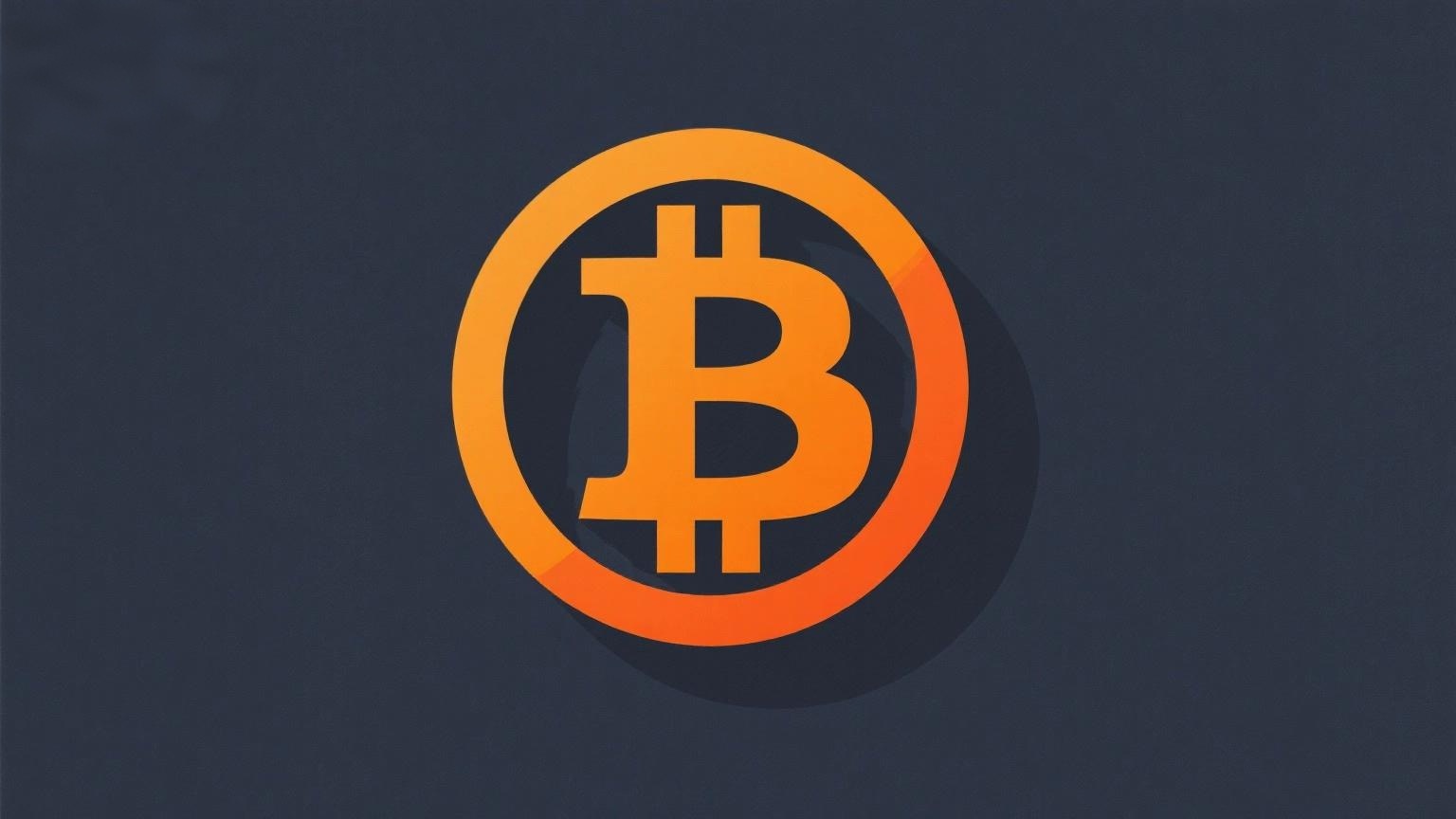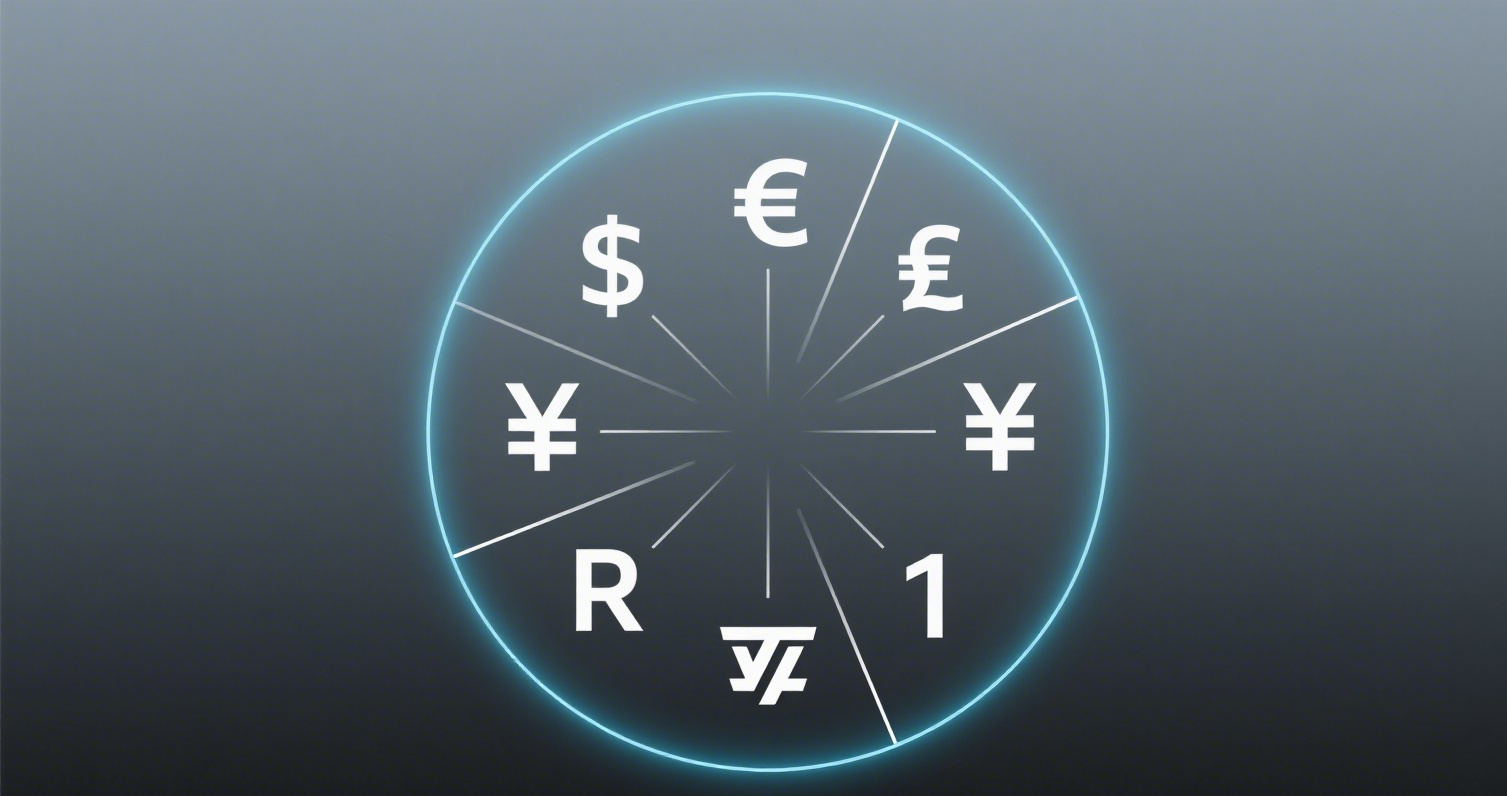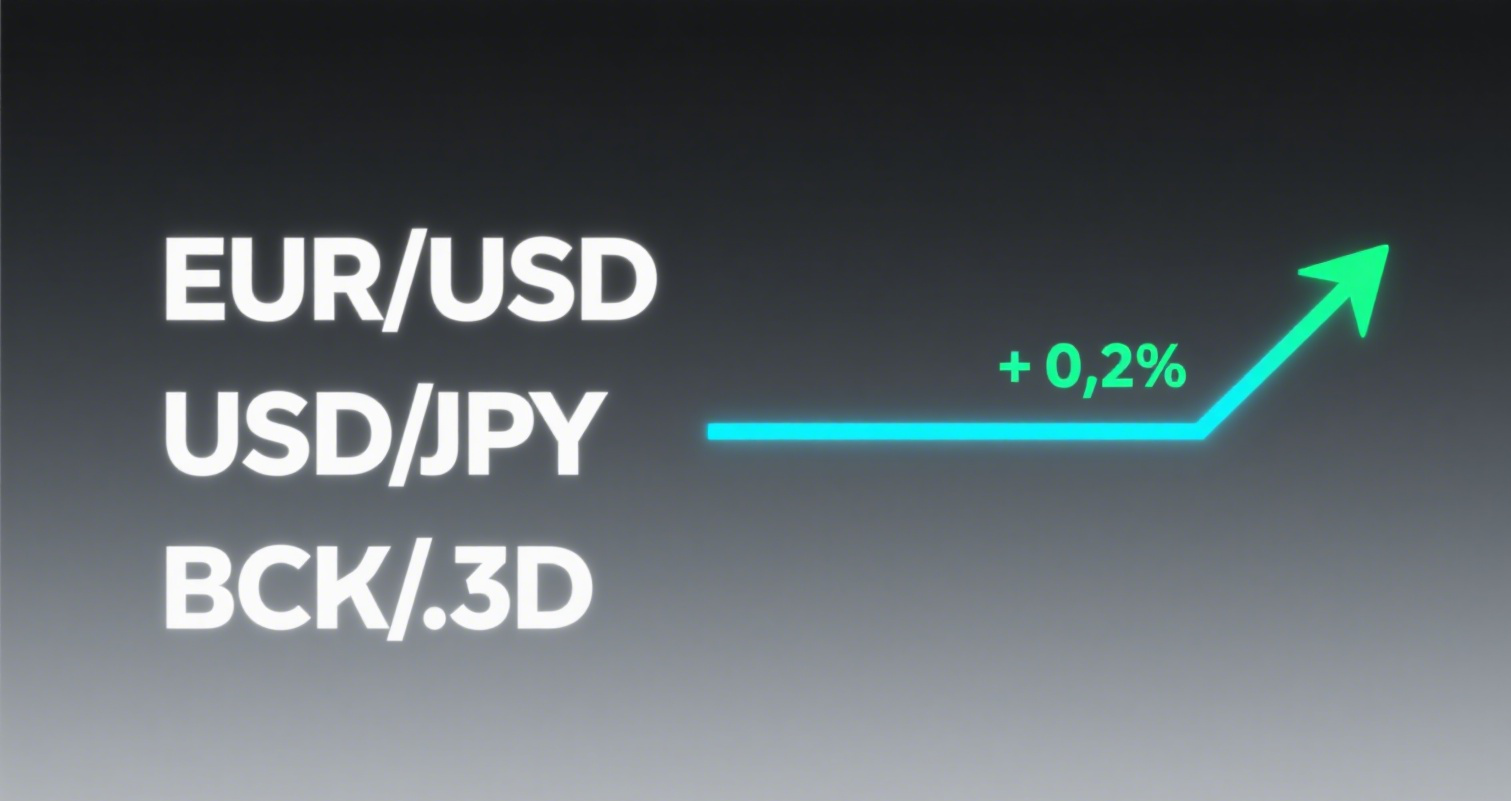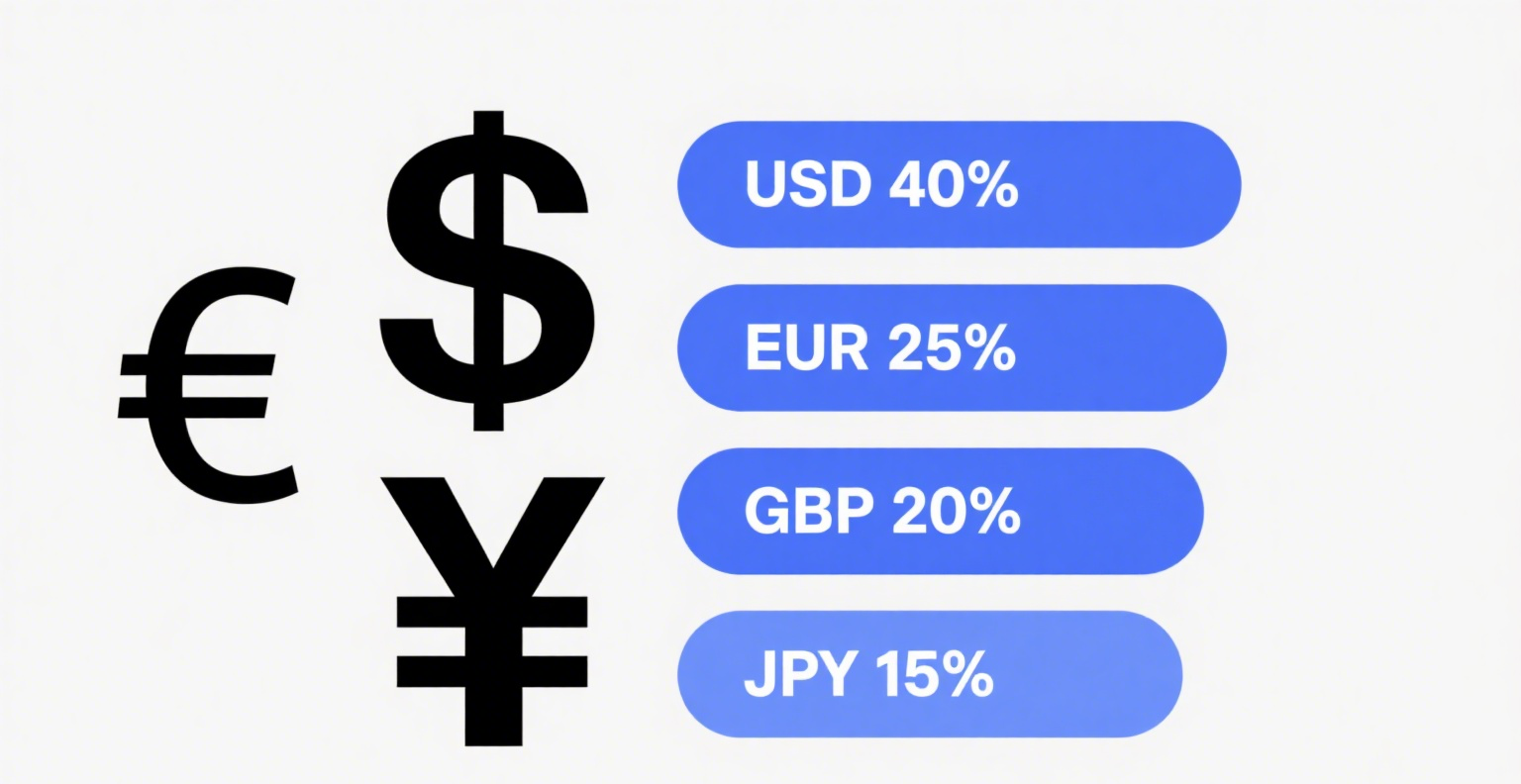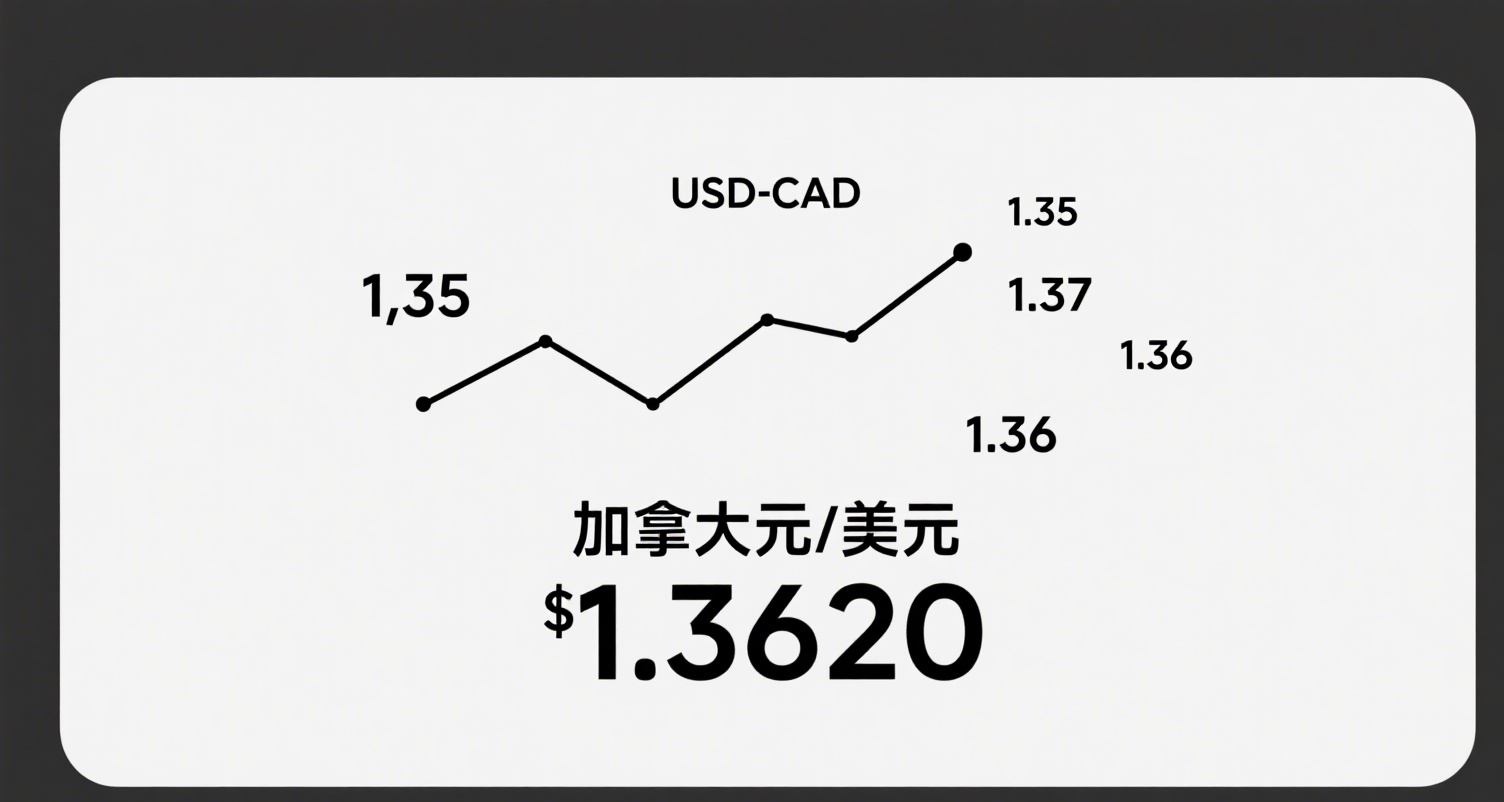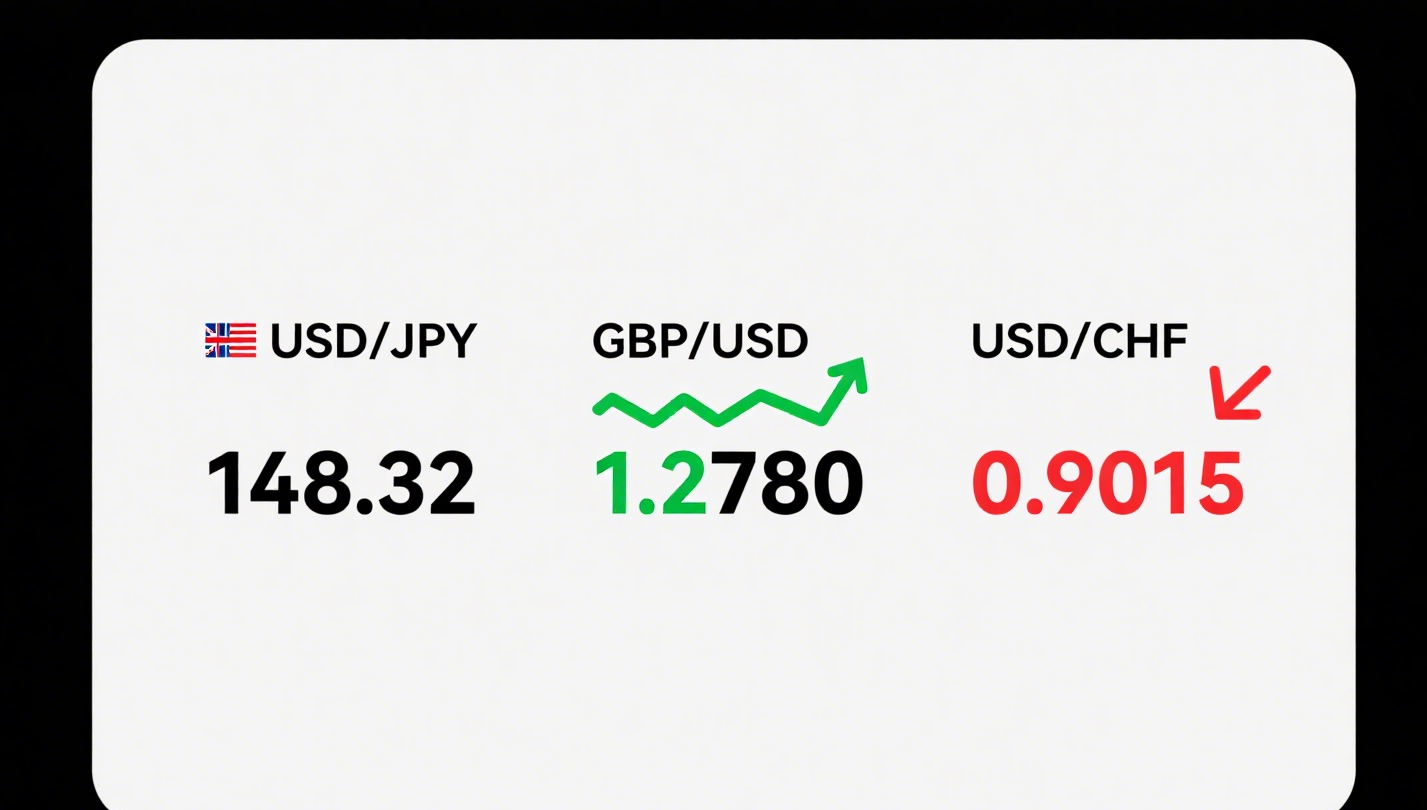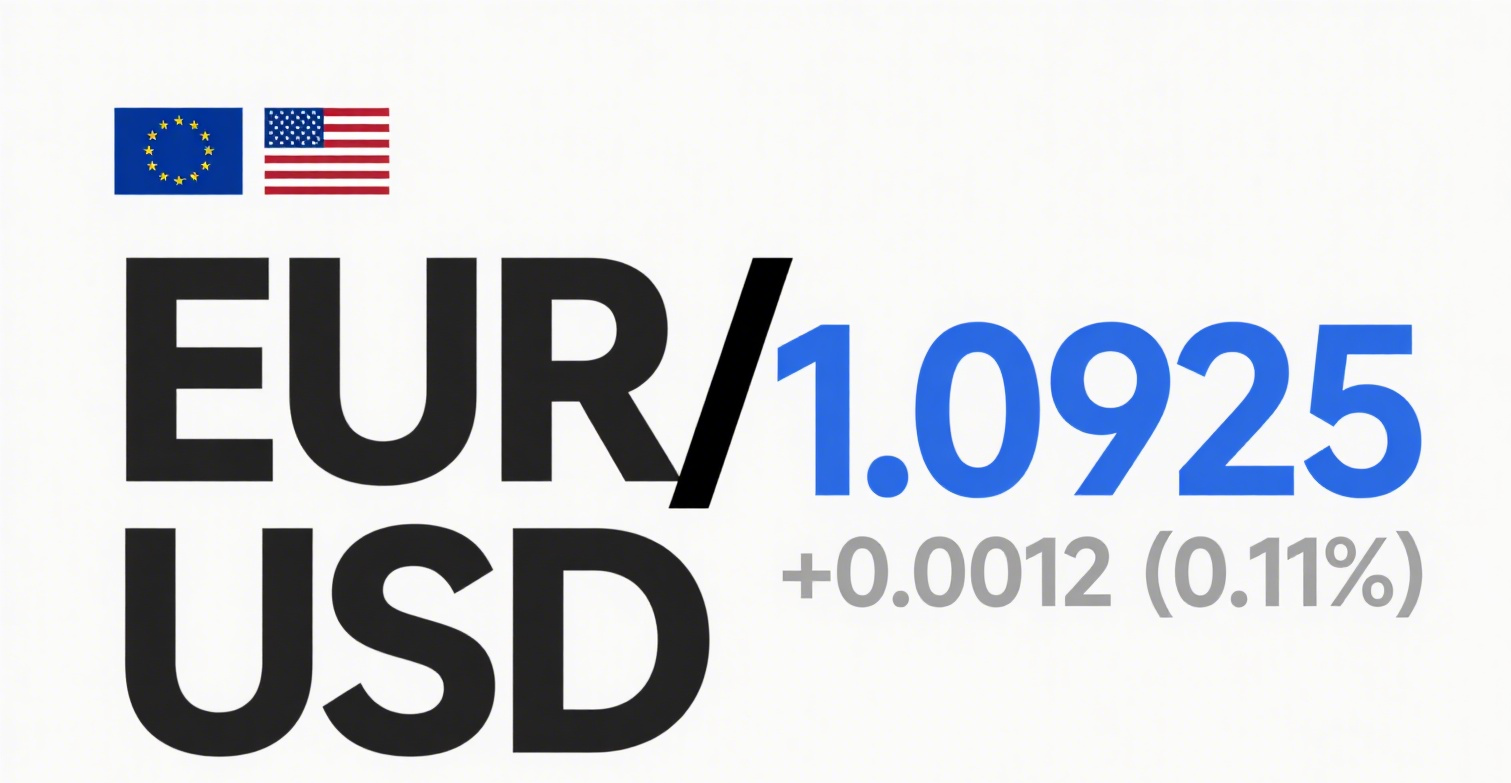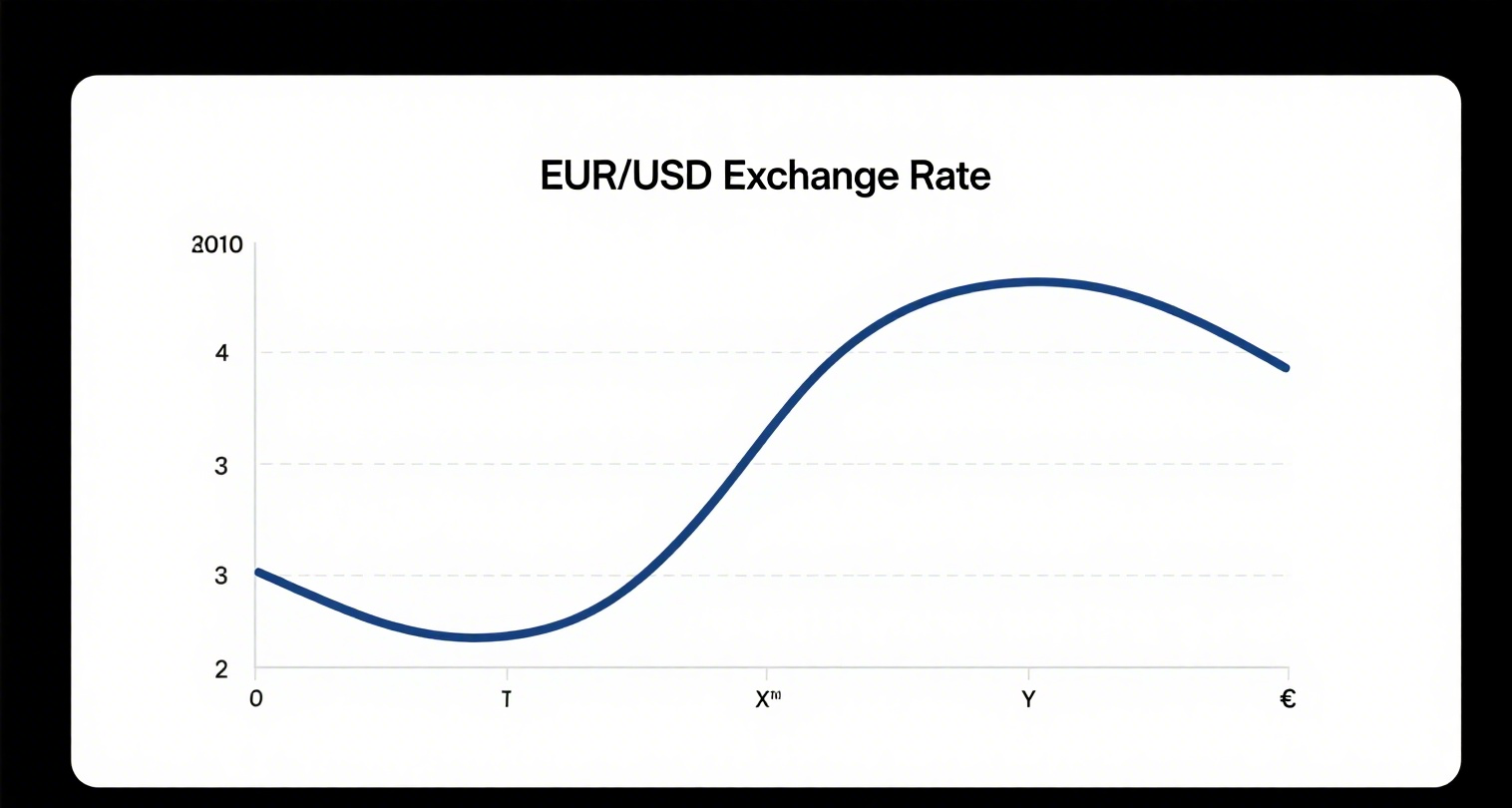
When it comes to Bitcoin, many people may only know Satoshi Nakamoto, but few are aware of another man whose contributions to Bitcoin are no less significant—Hal Finney.
Hal Finney can be considered a legendary figure in the field of cryptography. He graduated from the California Institute of Technology in 1979 with a bachelor's degree in engineering. As early as the 1990s, he joined a software development team founded by Cypherpunk Phil Zimmermann. As one of the founders, he created PGP, the first public-key cryptographic system in the public domain. Even today, PGP remains one of the most popular encryption protocols. His connection with Bitcoin began in 1993.
Like Satoshi Nakamoto, Hal Finney was a member of the Cypherpunk movement. In the early days, he frequently showcased his work on the Cypherpunk mailing list as an anonymous contributor, which deeply influenced his embrace of the movement's libertarian ideals and advocacy for monetary decentralization. A pivotal figure in this journey was David Chaum, an early pioneer in cryptography who proposed the concept of digital currency in 1983, laying the groundwork for Finney's later involvement in the field of digital currency.
In 1992, Finney wrote in an encrypted mailing list: "Computers can be used as tools to liberate and protect people, rather than to control them." The following year, he expressed his vision for a free and perfectly privacy-preserving transaction system—ideas that aligned perfectly with the content of the Bitcoin whitepaper 15 years later.
In 2004, Hal Finney created the first reusable Proof-of-Work protocol, which laid a crucial foundation for Bitcoin's eventual POW consensus mechanism. Without Finney's innovation, Bitcoin's birth might have been delayed by several years. Perhaps it was fate, but these two milestones forged an inseparable bond between Hal Finney and Bitcoin.
When Satoshi Nakamoto published the Bitcoin Whitepaper in 2008, Bitcoin immediately caught the attention of this cryptography luminary. Finney said that as soon as Nakamoto released the Bitcoin software, he downloaded it immediately. His lifelong fascination with cryptography—its mysteries and paradoxes—drew him to Bitcoin. As a result, Hal Finney became the recipient of Bitcoin's first-ever transaction.
Over the next two years, Finney frequently exchanged emails with Nakamoto, pointing out flaws in the Bitcoin system and suggesting optimizations. As early as 2010, he raised concerns about Bitcoin's scalability issues and the environmental impact of mining. It's fair to say that at the time, Hal Finney was the second most significant contributor to Bitcoin after Nakamoto himself—perhaps even Bitcoin's "second father."
Sadly, on August 28, 2014, Hal Finney passed away due to amyotrophic lateral sclerosis (ALS), leaving behind his beloved cryptographic work and the world. Yet, Bitcoin continues to inspire countless newcomers, who are using blockchain technology to reshape the world. Perhaps, as Finney once said: "I’m pretty happy with where I am, but I’m looking forward to the future."







